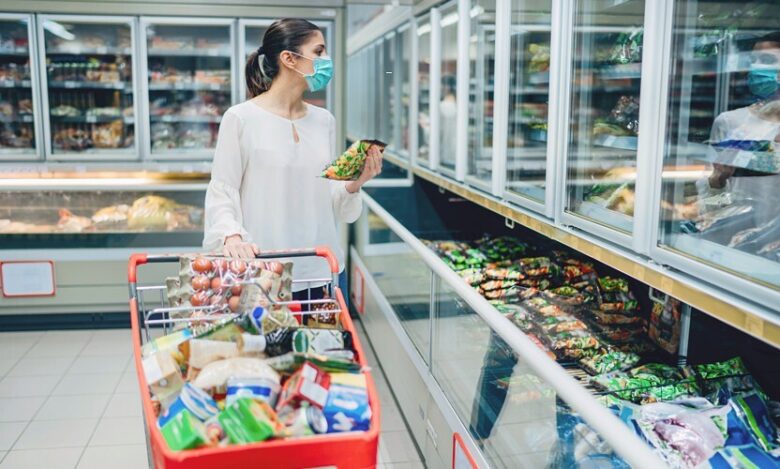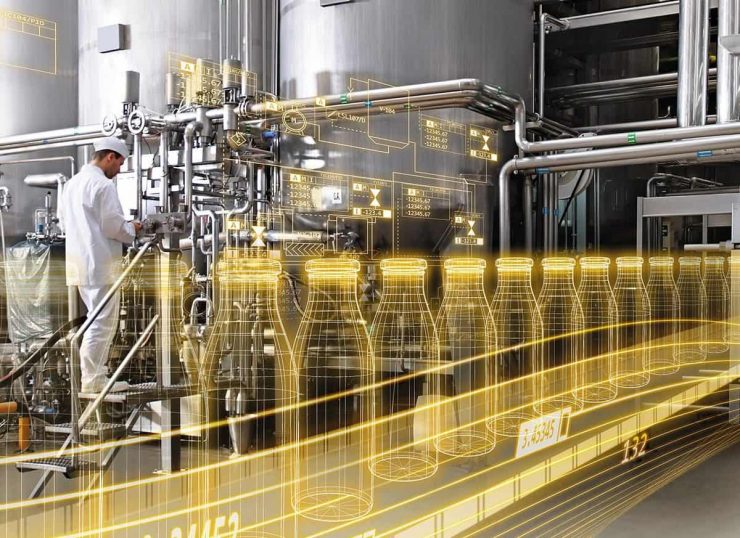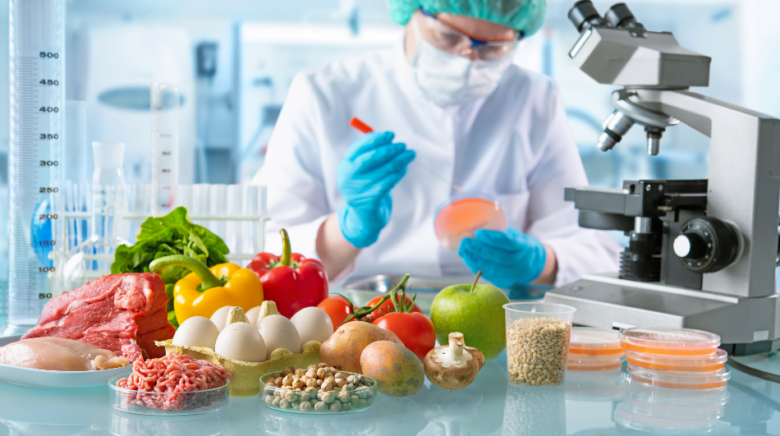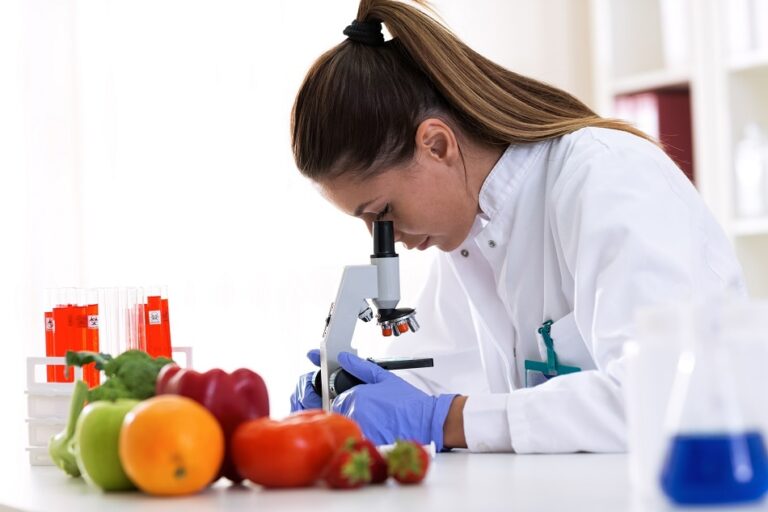Fresh, safe food is one of the most important commodities for consumers around the world. Many of us in the Western world take for granted that our grocery stores are always stocked and affordable, and that safe food is just a walk or short car ride away. It’s easy to overlook that a broad set of procedures and best practices go into ensuring food safety.
These procedures are implemented by workers who dedicate their time and expertise to getting food to consumers. This critical labor force is essential to our most important supply chains as well as public health.
Even slight deviations from this precise set of best practices can result in disastrous public health consequences and health risks for consumers. Food safety is not an issue that often occupies consumers’ minds or cable news networks, probably because it is not particularly political or polarizing. However, when food and beverage companies make an error the results can be dire.
Taking that into account, let’s explore three simple ways we should enhance the quality control processes of food and beverage companies to improve food safety.
1. Improve Cold Chain Storage Data Collection

Food products must pass through a careful temperature-controlled supply chain to ensure that they don’t expire before getting safely to consumers. This temperature-controlled supply chain is referred to as ‘cold chain storage’ in the industry since food must be stored in low temperatures at each phase of its journey to consumers.
The cold chain relies upon a system of checks and balances to make sure that temperatures remain below set temperatures. In the past, this check was performed manually by supply chain professionals using analog ambient temperature monitoring instruments such as thermometers. Today, however, a variety of electronic or digital tools exist to more accurately and reliably detect and record storage temperatures.
Ambient temperature monitors and data loggers are now the industry standard for maintaining the integrity and reliability of cold chain storage across the food and beverage industry, as well as other essential industries. Data loggers are electronic devices that use sensors to detect and record environmental data such as temperature, humidity, or differential pressure. When it comes to cold chain storage, data loggers offer an automated, accurate, and cost-effective way to monitor cold chain storage facilities and collect temperature data for later analysis.
Most data loggers take temperature readings at set time intervals. However, some data loggers can even be set up to record temperatures of storage facilities in real-time, and alert manufacturers or supply chain workers of a rise in temperature. Data loggers that offer companies immediate alerts of temperature fluctuations are a great option for improving the quality control of food products.
That’s because the earlier management is made aware of temperature changes, the more time is available to prevent foodborne illness outbreaks by issuing a public service announcement or recalling products.
2. Make Traceability a Priority

When it comes to the supply chains of food and beverage companies, traceability is paramount. At each step of the supply chain process, food products must be tracked and verified.
This is because, in the case of a foodborne illness outbreak, company management will need to identify the source of the outbreak. A supply chain that allows for traceability and transparency makes it possible to do this quickly in order to protect customers. This is especially true considering that foodborne illness outbreaks can arise not only from improper food storage, but also from bacterial contamination.
Traceability data can also be shared with regulators to comply with local and federal law and to help protect companies from legal liabilities. Some companies can even run hypothetical simulations or scenarios to rehearse how personnel should respond in the case of a public health emergency or foodborne illness outbreak.
This way, the company can put detailed plans or guidelines in place to help workers respond to an outbreak. Although these plans can guide lower-level employees, management should not be prevented from responding to the specifics of a particular outbreak. Unexpected recalls can sometimes be necessary, even if they are prompted by a branding mixup rather than a foodborne illness outbreak.
Data loggers combined with custom-built traceability software can be used to collect, record, and analyze data of the journey that food products are taking on their way to reaching consumers. Companies can make use of cloud-based manufacturing software applications to record and parse traceability data, along with other KPIs related to food safety. When doing so, however, companies should make sure to protect themselves from hackers, DDoS attacks, or other malicious actors by minimizing software vulnerabilities.
3. Conduct an Honest Failure Analysis

Not only can companies run simulations to formulate response plans to foodborne illness outbreaks, they can also use these simulations to conduct failure analyses. A failure analysis should be conducted with a spirit of inquiry, patience, openness, and tolerance for ambiguity, as explained by the New York Times.
The failure analysis process involves conducting scientific research on what could cause a breakdown in food safety, including the use of such forensic tools as microscopes to examine food products for contaminants. It also entails company-wide training on how to recognize the causes of food safety crises and procedural responses to these dangers. Managers and workers should be trained to analyze the entire supply chain process to uncover the system-level causes of a food safety threat rather than blaming individual employees or workers.
As part of conducting failure analysis, companies should also assess the cost of quality, or the expenses that are associated with mitigating all potential risks. The cost of quality includes expenses related to preventative equipment, PPE, quality control personnel, appraisals, legal fees, and crisis management. According to Dickson Data, companies should also consider the cost of quality assurance processes, including installation qualification, operation qualification, and performance qualification.
These costs should be taken into consideration and included in company budgets. Failure to do so can result in a perverse incentive that encourages managers or workers to cut corners and compromise safe quality control measures.
In conclusion, we’ve seen why food safety and quality control is one of the most important global issues today, despite often not receiving the attention it deserves. Food and beverage companies should use powerful technologies such as data loggers to collect, record, and analyze food safety data, to make their products traceable, and conduct failure analyses. These steps will ensure that companies not only understand how to respond to a potential crisis, but also the liabilities and costs they face should they choose not to.

